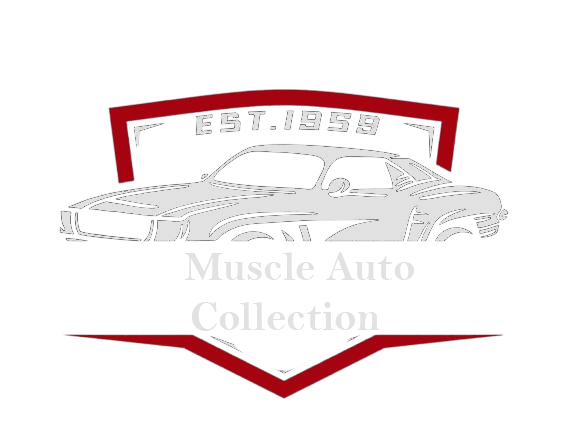There are a few different styles of header lengths out there today, and here are the two most common; “shorty” and “full-length” which are also called long tube headers.

Shorty headers usually work best in limited space engine bays, as well as lowered cars. They will also usually work well with your factory exhaust system, should you choose to keep it. You can get the most for your time and money by buying a set with equal length primaries. These will scavenge gas from each of your cylinders equally, meaning your power is consistent and your torque curve broader in the low to mid-range spectrum. Some common types of shorty headers are block hugger, tight tuck, and clipster headers.

Full-length or long tube headers are the most recognizable header setup, usually consisting of long primaries tubes converging into a 4-into-1 style collector. The long primary tubes reduce the chance that you will have back-feed of gases into a different tube. These headers help to produce the most overall power with a broad spread through the low- to mid-rpm ranges.
Tri-Y headers
Tri-Y headers get their name from the design of the primary tubes. One header will have four primary tubes which Y into two secondary tubes and finally Y again into one collector creating three Y connections, thus the name Tri-Y. This header design will typically add low to mid RPM torque without sacrificing top end horsepower. Another reason for their popularity is that some tight clearance applications a Tri-Y can be constructed to fit when there is no room for traditional 4 into 1 long tube headers.

Specialty Headers
Many specialty header designs such as Lake Headers, Lake Pipes, and Zoomies are designed to be era correct for certain car builds. An early roadster or coupe with a set of loud and proud Lake Headers brings back the early days of Salt Flat racing. And what about a set of Zoomies? Nothing makes a statement quite like a high powered V8 engine firing up with a set of Zoomie headers. They have been a staple of the drag racing scene since the beginning and what better way to say “I came to race” then a set of Zoomies.

Mild Steel vs Stainless Steel Headers
Aftermarket headers are usually made from either mild steel or stainless steel. The major differences between the two is cost and corrosion. The basic mild steel headers will be quite a bit less in cost, however they will sacrifice durability and longevity due to rust and corrosion with long term use. On the other hand, stainless steel headers will not rust or corrode but cost more up front.
Ceramic Coating and Other Finishes
One option you could pursue to extend the life of your headers is ceramic coating them. Ceramic coating will not only reduce corrosion but it also adds a thermal barrier which will reduce the under-hood temperatures. It is an excellent option to consider when you are using mild steel headers. Ceramic coating goes by many brand names and here at Speedway Motors ours is called AHC which stands for Armor Hot Coat. 
Chrome plating is another header coating option you may consider, however it is typically suggested for a show car type of application only. With extensive use and run time those beautiful chrome plated headers will eventually start peel or flake and start rusting. Chrome headers on show cars that see very little run time (in and out of a trailer) are where this finish is best suited.
Header Dimensions
Included below is a chart showing the dimensions commonly used for header measurement when checking for fitment, especially with universal fit headers. Here at Speedway Motors we list these dimensions on each product page, and you can narrow your search results by them as well.

Header Wrap
Header wrap or exhaust wrap is a very effective way to reduce under-hood temperatures. It works by insulating the header tubes retaining the heat inside the headers and greatly reduces the heat radiating from the headers. It can be used in nearly any application and is available in black, white, and titanium colors (titanium is shown below). It is easily secured to the header tubes using header wrap ties or stainless steel hose clamps.


